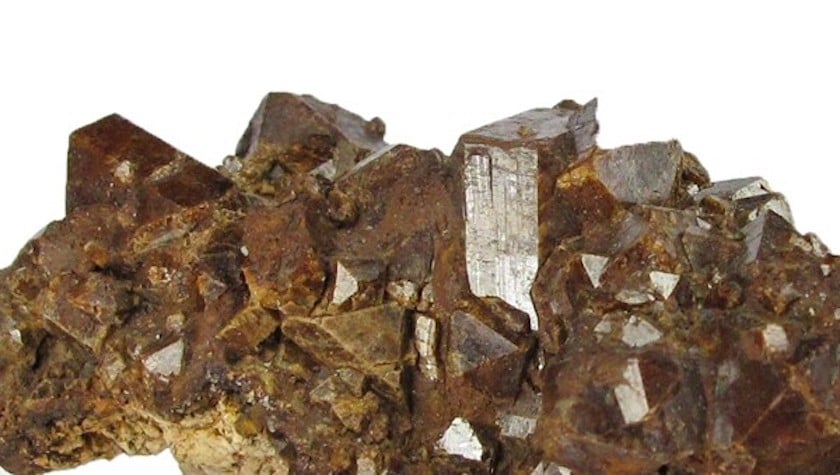How Do Zircons Form?
As a December birthstone, blue zircon is very popular. But are blue zircons natural? Learn how zircons form and get their colors.
8 Minute Read
Where Do Zircons Form?
Zircons form in many geological environments, including igneous, metamorphic, and sedimentary rocks.
Zirconium Origins
Zircon crystals of igneous origin have an extremely high melting point. They can form within silicic magma as it slowly cools. In this situation, the mineral baddeleyite will melt and provide zirconium (Zr), a necessary ingredient for zircon formation. Under metamorphic conditions, the zirconium in surrounding minerals like baddeleyite can leach out of the mineral and recrystallize into zircon when existing rocks partially melt.
Zircon Overgrowth
Secondary zircon stones can also recrystallize from liquified primary zircon or form a new outer layer on top of the older zircon crystal in a process termed “overgrowth.” Zircons with multiple layers may or may not show obvious zones.
Metamorphic Zircons
Metamorphic zircon formation can lead to three distinct forms:
- Bead zircons (tiny individual crystals
Emily Frontiere
Emily Frontiere is a GIA Graduate Gemologist. She is particularly experienced working with estate/antique jewelry.
International Gem Society
Related Articles
Zircon Value, Price, and Jewelry Information
Zircon Heat Treatment
How Old Is My Zircon?
Can You Identify Gems Without Seeing Gemstone Colors?
Latest Articles
800 Years of Mogok: A Celebration in Tenuous Times
What is the Average Gemstone Faceting Yield?
Pyroxmangite Value, Price, and Jewelry Information
How to Identify Emerald Simulants and Synthetics
Never Stop Learning
When you join the IGS community, you get trusted diamond & gemstone information when you need it.
Get Gemology Insights
Get started with the International Gem Society’s free guide to gemstone identification. Join our weekly newsletter & get a free copy of the Gem ID Checklist!
